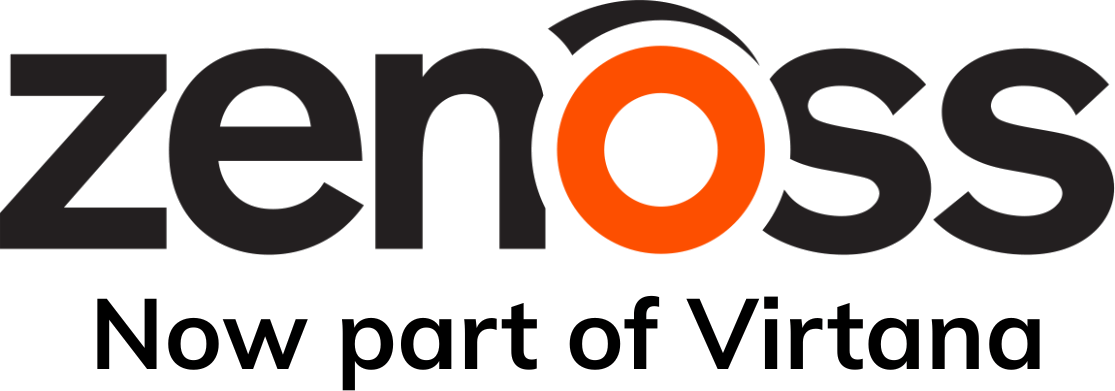
Senior IT officers want to know what caused the problem, and stakeholders want to know when the problem will be resolved. Yet there isn’t a single source of truth. Instead, there are siloed monitoring solutions haphazardly stitched together that rarely provide timely answers.
IT infrastructure monitoring is like the Tower of Babel — a collection of inherited purpose-built tools never designed to talk with one another. This is true for storage, networking, computing, virtualization, cloud, converged infrastructure, hyperconverged infrastructure, etc. Each silo has its own monitoring solution, its own language, its own dedicated staff, and its own price tag.
Making matters worse, traditional monitoring solutions can’t link a business service to its supporting infrastructure. In critical situations, IT Ops teams are left trying to piece together the cause of a service degradation with an amalgamation of correlation engines — each limited to a specific subset of the infrastructure. The hope is that some form of insight will surface from one time-series data report layered on another and still another. The only predictable outcome from this approach is that too many man-hours will be spent by IT Ops teams sorting through logs and events to resolve performance degradations and failures. As outages drag out, the initial impact on the bottom line gives way to top-line losses and damage to the brand.
All of this is sold as a best practice. But it represents a fragile foundation at best. Enterprise monitoring solutions are mostly tool mashups that are more likely to have blind spots than comprehensive coverage. And what is covered is mostly covered poorly. There is no connection made between a service and the infrastructure resources it requires to run.
The conventional monitoring model simply exposes the enterprise to too much risk. It’s too cumbersome and clumsy to keep up with rapid change. It’s too slow to respond in times of urgency, and it costs too much to manage. Conventional monitoring solutions are failing the enterprise.
Enterprise Monitoring is Due for a Change
The state of conventional monitoring presents IT strategists with a serious dilemma: Either throttle transformation initiatives to accommodate static monitoring solutions or drive transformation efforts, knowing full well that more blind spots are ahead? Neither choice is a win for the business.
Zenoss Cloud — deployed on the Google Cloud Platform — overcomes this critical trade-off.
Zenoss has redefined the scope, scale and speed of intelligent application and service monitoring. Zenoss Cloud provides IT Ops teams with a single source of truth that spans both legacy and new environments while dynamically linking services to their resource supply chains. The combination of precision monitoring with comprehensive coverage forms a force multiplier for IT Ops teams and puts the enterprise on a faster, safer track to drive digital transformation initiatives.
Isolating Problems With Precision and Speed
IT Ops teams can leverage Zenoss service impact analysis to quickly pinpoint the root cause of a failure. Zenoss dynamically builds a visual map of the service’s entire resource supply chain by linking a service to all its infrastructure resources and components. This is true even for microservices, which might move from one cluster to another or one cloud to another.
If a service’s performance is degraded, IT Ops teams can easily begin a trace from a service to its resource supply chain and identify the compromised component. Conversely, if a component — say, a fan in an ESX host — is compromised, the IT Ops team will be alerted and can follow a trace upstream from the component to the service(s) it supports.
In either case, from a top-down view or bottom-up view, the compromised component can be quickly pinpointed, and the damage to the brand can be avoided by moving the service to a safe environment. Service impact analysis is baked into the DNA of Zenoss Cloud. Consequently, service views can be enabled across all infrastructure devices and environments monitored by Zenoss Cloud.
Zenoss Cloud has combined scale, scope and speed into a single source of truth, allowing IT Ops teams to stay one step ahead of an enterprise’s digital transformation efforts. Strategists shouldn’t be faced with a trade-off between speed and risks when deploying a monitoring platform. Instead, the question ought to be how IT can stabilize an increasingly dynamic infrastructure to accelerate the velocity of change. That’s the question Zenoss answers with each new deployment.
For more information on how you can utilize Zenoss Cloud to unify your observability practices across legacy and modern IT environments, contact Zenoss to set up a demo.
To learn more about intelligent application and service monitoring, download the Forrester Wave report here.










